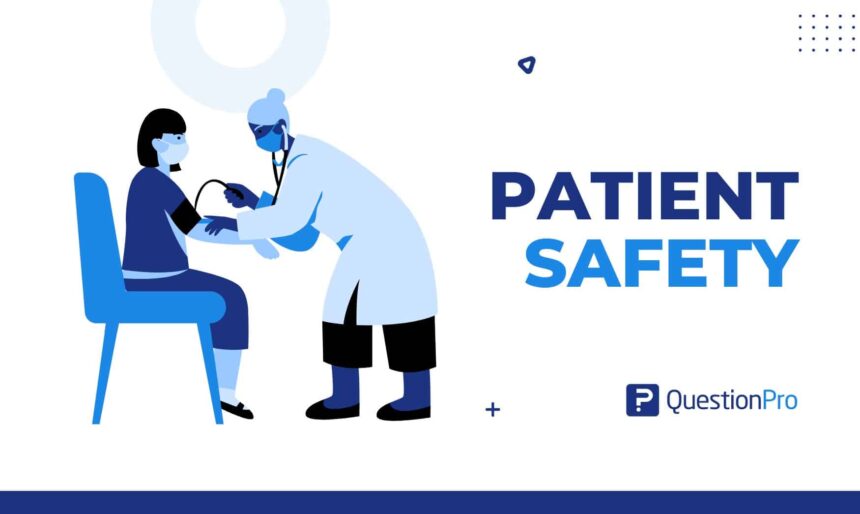Despite the progress made in patient safety over the years, medical errors are still a significant source of injury and said to be the third cause of death in the US, indicating there is still much work to be done. Continued safety education and awareness on the proper methods, procedures, and processes are vital to ensuring patient safety within hospitals and healthcare facilities nationwide. Below are just a few simple tips that medical staff can take to improve care and create a culture of patient safety.
- Handwashing- According to the CDC, on any given day, roughly one in 25 hospital patients will acquire a healthcare-associated infection. Research has shown the link between healthcare-associated infections and proper handwashing. Still less than 40% of medical staff wash their hands enough to fall within hospital best practices. In fact, one study found that up to 70 percent of these infections could be prevented if medical staff used proper protocols and hand hygiene. (2) (1)
- Use Barrier Precautions to Prevent Infection– In addition to proper hand hygiene, barrier precautions are key to reducing healthcare-associated infections. When a patient has a nosocomial infection, medical staff should take adequate precautions such as using disposable gowns and gloves, and disposable equipment when providing care followed by immediate hand hygiene. When implemented correctly, can have a major effect on reducing infections. (1)
- Implement surgical checklists to reduce surgical complications-The estimated complication rate of inpatient surgery is often as high as 17%. The surgical safety checklist created by WHO was shown to reduce mortality rates from 1.5% to 0.8% and help lower the surgical complications rate from 11% to 7%. (3) The checklist ensures communication among the surgical team to confirm elements such as the patient’s identity, surgical site, and type of procedure, anticipated problems, administration of antibiotic and the correct sponge count upon completion. (3)
- Educate patients about using blood thinners safely- Often, patients who leave the hospital after surgery are prescribed a blood thinner. However, if used incorrectly, blood thinners can cause uncontrollable bleeding and are among the top causes of adverse drug events. Which is why it is so important to educate patients about the safe use of blood thinners. (1)
- Implement effective discharge planning- Readmission rates are a significant concern for hospitals. To reduce potentially preventable readmissions, assign a staff member to work closely with patients to reconcile medications and schedule necessary follow up appointments. Create a simple, discharge plan for each patient including a medication schedule, all future medical appointments, with the contact number of whom to call with questions or issues. Research has shown that taking these steps can help reduce potentially preventable readmissions by 30 percent. (1)
References:

Leave a Reply
You must be logged in to post a comment.